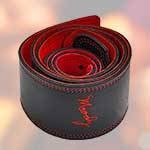I must deeply apologize to all our readers.
"The Fuzz" project is currently stalled and will have to be put on hold for a while.
The reason is that "I am currently experiencing a severe lack of motivation." It turns out you shouldn't create something you dislike. I have absolutely no drive, and even if I finish it, I end up thinking, "So? When will I ever use this?" However, for the sake of our incredibly patient and incomprehensibly supportive readers who look forward to this blog, I will finish it but cannot promise a completion date.
That being said, freed from this burden, the topic this time is overdrive (haven't learned my lesson at all, have I...)?!
Everyone knows this: when you think of the pinnacle of overdrive, you picture this one.
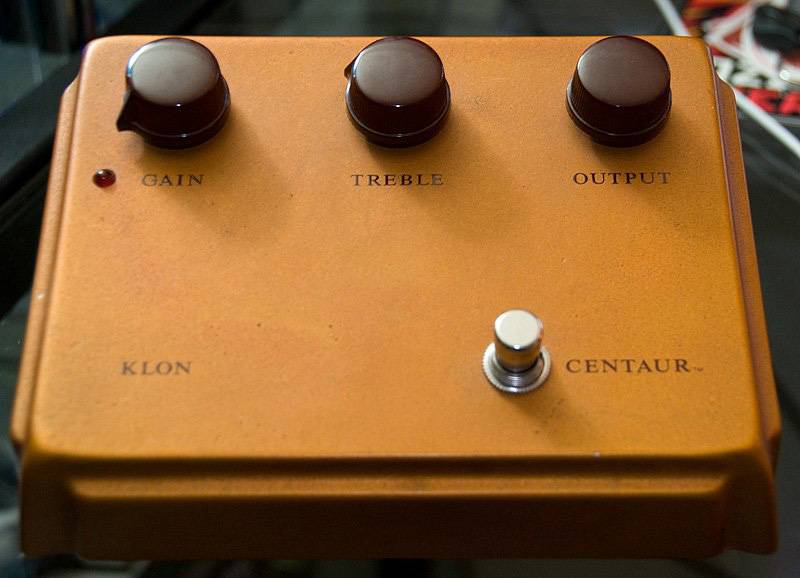
Klon Centaur, CC BY-SA 2.0 (cited from Wikipedia)
Actually, there's an ongoing internal project to clone this overdrive. One of the people involved is me, but to be honest, I'm not a big fan of this overdrive. The reasons I dislike it include "surprisingly noisy," "unnecessarily large," "not enough distortion," and "too expensive." It might sound like sour grapes from someone who can't afford it, but it's outrageously priced. So, I thought, "Why not try making one?"
Normally, I'd mod it to suit my taste, only for it to end up gathering dust. But this time, out of respect for its price and rarity, I'm aiming to recreate it as faithfully as possible (perfectly, even).
The first crucial step is gathering parts. There are two components in particular that are likely to be difficult to obtain.
First the germanium diodes used for clipping.
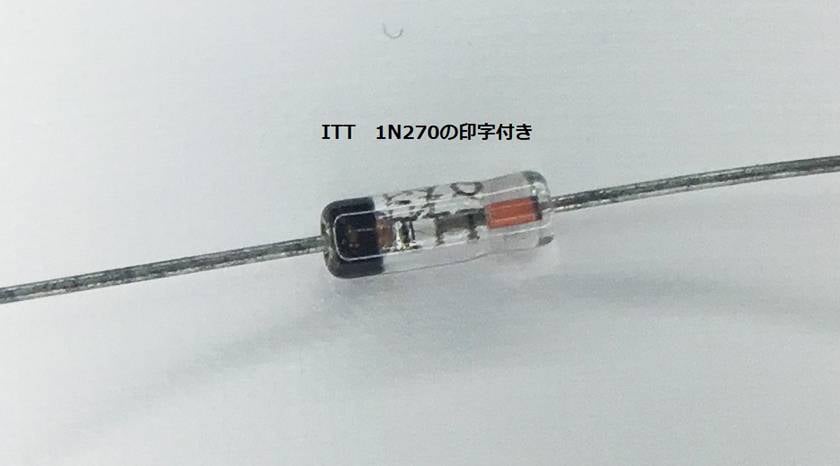
The analysis suggests that 1N270 diodes are used, but did you know there are various types of 1N270? Avoid the ones with no markings, which can be indistinguishable from 1N60 and potentially unreliable. Fortunately, I happen to have the original ITT-manufactured 1N270 diodes, so I'll be using those.
Second the control pots.
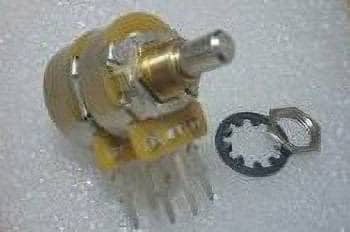
The pedal features three control pots: volume, tone, and gain, all manufactured by CTS. Notably, the dual 100KΩ B-curve pot for gain is nearly impossible to source domestically, but I'll make every effort to obtain it. Early USA-made RAT pedals also used CTS control pots, which are highly valued today and even fetch a premium. Fortunately, I happen to have a CTS 100KΩ B-curve pot, so I'll use that. Additionally, it seems the CTS 10KΩ B-curve pot for volume is also hard to come by, but I have one on hand and will use it.
Third the charge pump IC.
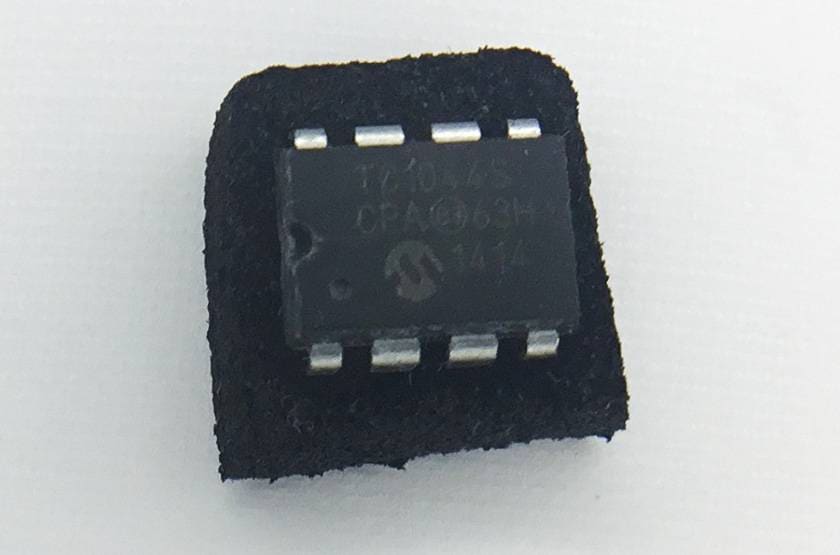
Most modern voltage boosting circuits use an IC with the part number 7660, but the original charge pump IC used is the MAX1044. Coincidentally, I also have this one. However, this IC is quite fragile. If the supply voltage exceeds the limit even for an instant, it will break immediately. To avoid the hassle of replacement later on, I always use a socket.
These three components are critical for the sound. There are many other details, such as wiring materials, printed pattern routing, trace thickness, resistors, and switches, but the parts mentioned above are indispensable.
Let's wrap it up here for now. This is starting to look like a DIY article, but please note that this is just my build report and evaluation of the sound, so I'd appreciate it if you refrain from unnecessary comments. Stay tuned for the next installment.






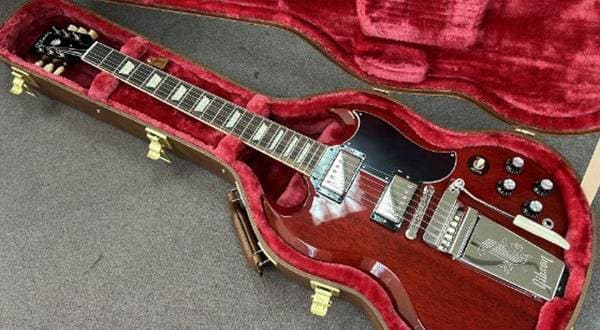
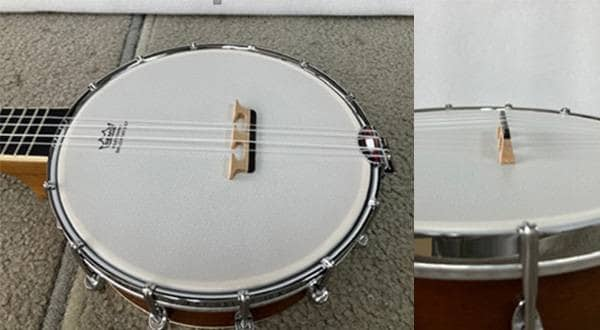
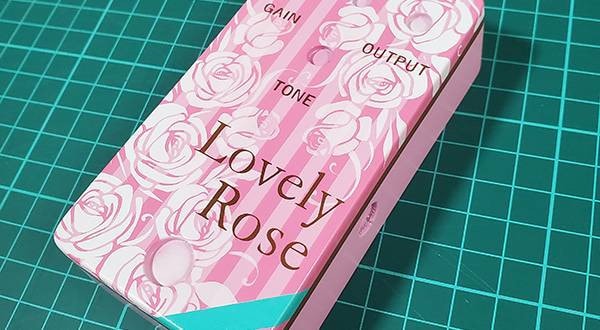
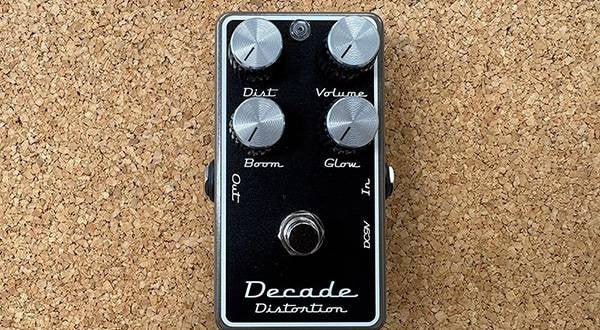
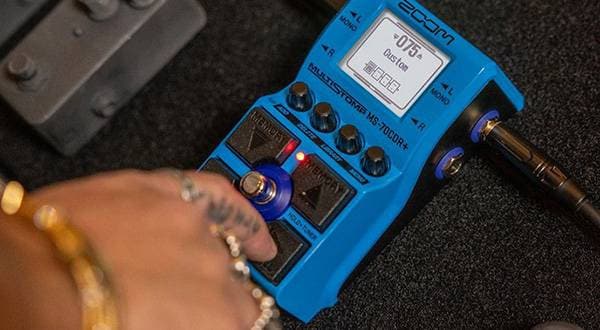
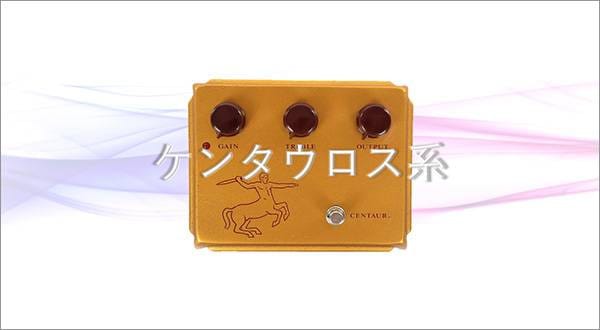
![Recommended Effects Pedals for Backing Guitar [For Single Coil Pickups]](/contents/uploads/thumbs/5/2024/4/20240424_5_26603_1.jpg)
![[Product Review] Warm Audio Centavo by Daisuke Ishimoto](/contents/uploads/thumbs/5/2023/10/20231003_5_24094_1.jpg)
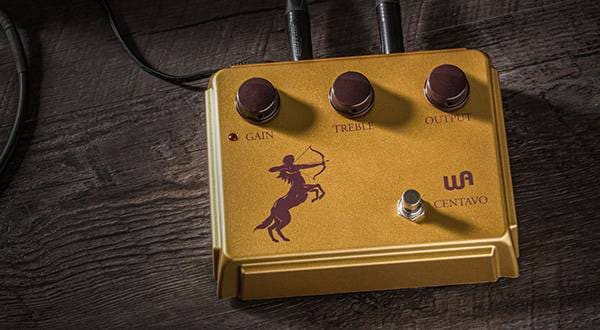
![[New for 2025] Top 10 Recommended Overdrive Pedals!](/contents/uploads/thumbs/2/2022/8/20220801_2_18812_1.jpg)

 【初心者向け】エフェクター講座
【初心者向け】エフェクター講座
 DIY ギターメンテナンス
DIY ギターメンテナンス
 あなたのエフェクターボード見せてください
あなたのエフェクターボード見せてください
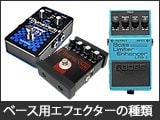 ベース用エフェクターの種類
ベース用エフェクターの種類
 エフェクターのつなぎ方
エフェクターのつなぎ方
 エフェクターの種類
エフェクターの種類
